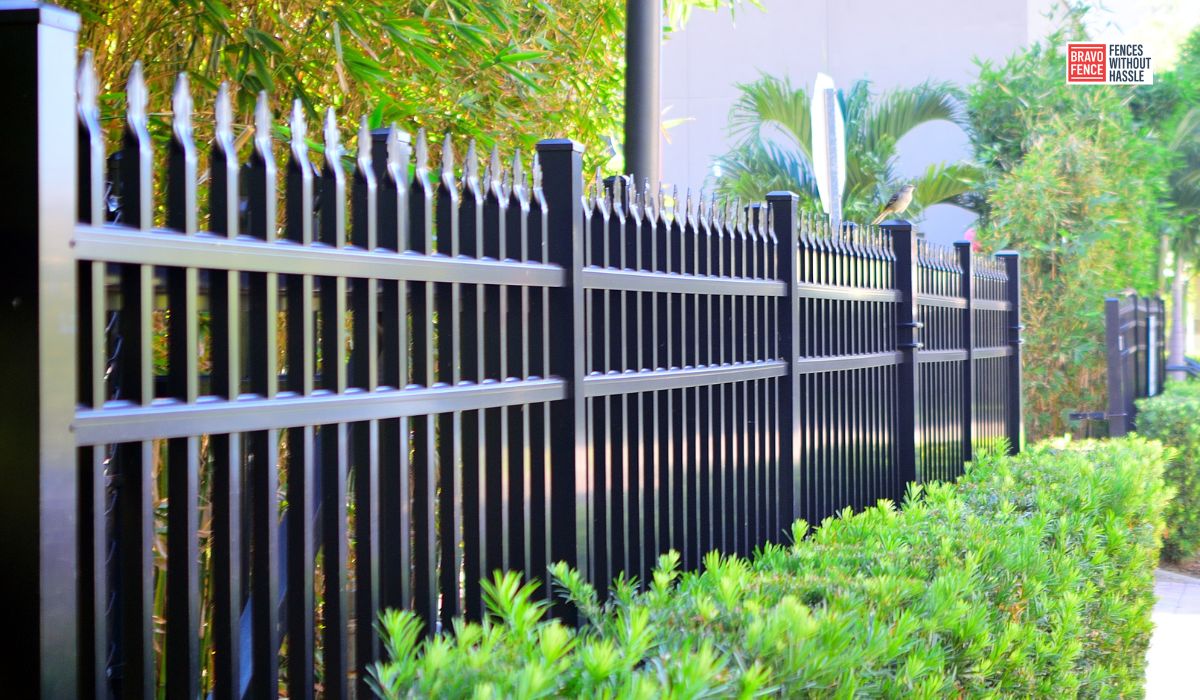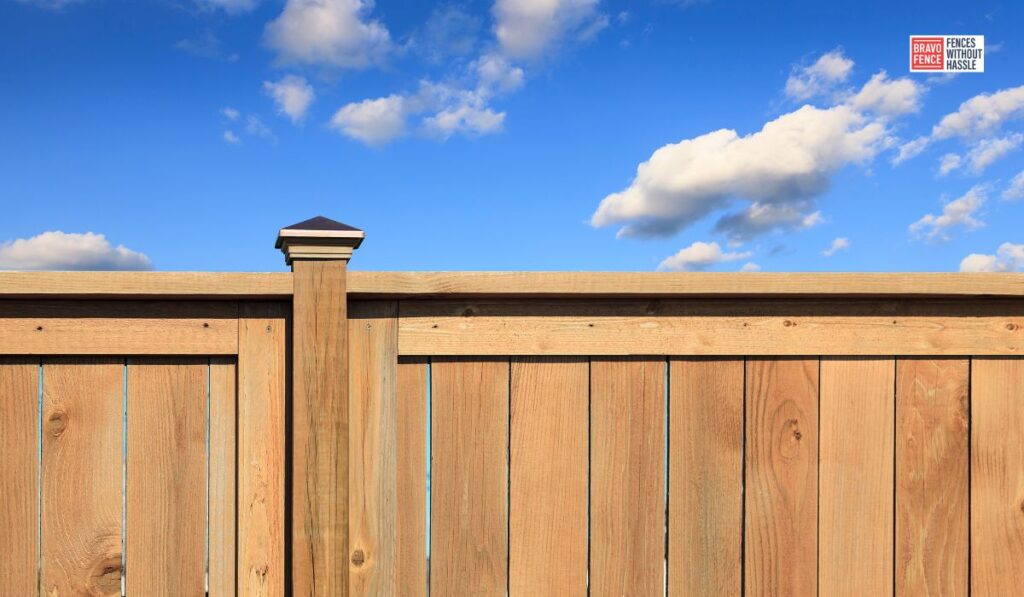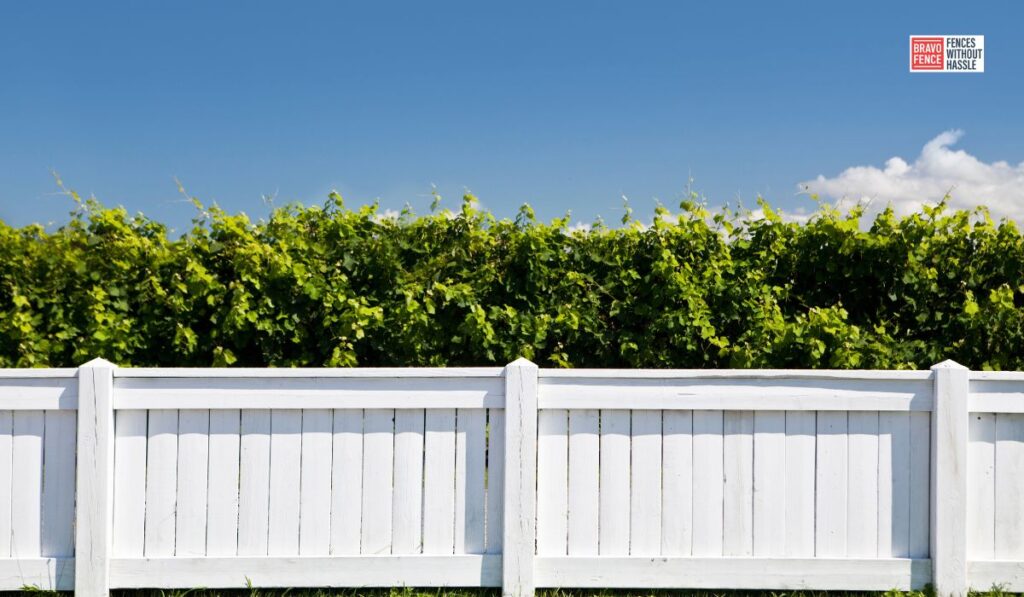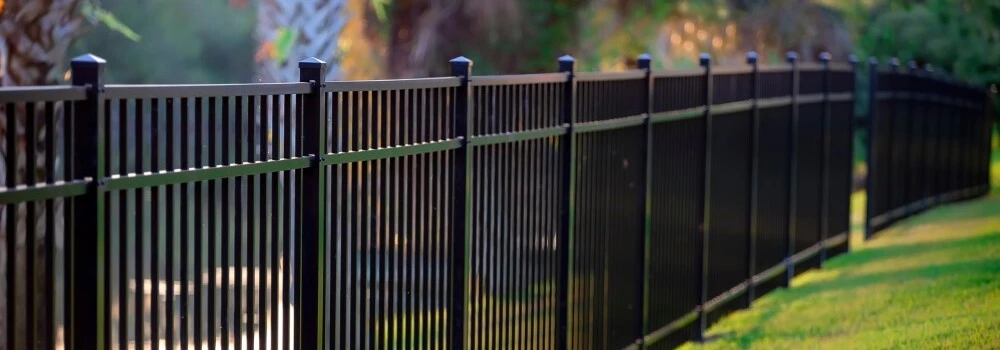
Repair Costs Comparison: Wood, Vinyl, Chain Link, Aluminum
Fences serve not only as boundaries for properties but also as elements that enhance privacy, security, and aesthetic appeal.
When choosing a fence, homeowners often consider the initial installation cost, durability, and maintenance requirements.
However, repair costs are a crucial aspect that can significantly impact the long-term expenses associated with different fence types.
This article provides a comprehensive comparison of the repair costs for four common fence types: wood, vinyl, chain link, and aluminum.
Wood Fences
Initial Cost and Popularity: Wood fences are a popular choice for their classic appearance and versatility.
They can be customized in various styles and finishes, making them a favorite among homeowners.
Standard Repairs: Wood fences are prone to damage from weather conditions, pests, and rot. Typical repairs include:
- Replacing broken or rotting boards.
- Fixing loose or damaged posts.
- Treating the wood for pest infestations.
Cost of Repairs:
- Board Replacement: Depending on the type of wood, replacing a single board can cost between $5 and $20.
- Post Replacement: Replacing a fence post can range from $20 to $60.
- Rot and Pest Treatment: Depending on the extent of the damage, treating rot or pest damage can cost between $100 and $300.

Maintenance and Longevity: Regular maintenance, such as staining and sealing, can extend the life of a wood fence but also increase its overall cost.
With proper maintenance, wood fences generally last 10-15 years.
Vinyl Fences
Initial Cost and Popularity: Vinyl fences are known for their durability and low maintenance.
They come in various styles and colors, offering a modern look that requires minimal upkeep.
Standard Repairs: Vinyl fences are resistant to rot and pests but can be damaged by high winds or impacts.
Typical repairs include fixing cracks, replacing damaged panels, and securing loose posts.
Cost of Repairs:
- Panel Replacement: Replacing a vinyl panel can cost between $20 and $100, depending on the style and size.
- Post Replacement: Replacing a vinyl post can range from $25 to $60.
- Crack Repair: Repairing cracks with vinyl adhesive or patch kits can cost between $10 and $50.
Maintenance and Longevity: Vinyl fences require little maintenance beyond occasional cleaning.
They can last 20-30 years, making them a cost-effective option in the long run despite higher initial costs.
Chain Link Fences
Initial Cost and Popularity: Chain link fences are famous for their affordability and functionality, often used in both residential and commercial settings.
Standard Repairs: Chain link fences can be damaged by rust, physical impacts, and sagging.
Typical repairs include fixing or replacing sections of the chain link, repairing bent posts, and addressing rust issues.
Cost of Repairs:
- Section Replacement: Replacing a section of the chain link can cost between $10 and $30 per linear foot.
- Post Repair: Repairing or replacing a bent post can range from $20 to $50.
- Rust Treatment: Depending on the extent of the rust, treating it and applying a rust-resistant coating can cost between $50 and $150.
Maintenance and Longevity: Chain link fences require minimal maintenance but should be checked regularly for rust and damage.
With proper care, they can last 15-20 years.
Aluminum Fences
Initial Cost and Popularity: Aluminum fences are favored for their elegant appearance and resistance to rust and corrosion.
They are commonly used for decorative and security purposes.
Standard Repairs: Aluminum fences are relatively low maintenance but can be damaged by impacts of extreme weather.
Typical repairs include fixing bent or damaged sections and securing loose posts.
Cost of Repairs:
- Section Replacement: Replacing a section of an aluminum fence can cost between $30 and $100 per linear foot.
- Post Replacement: Replacing an aluminum post can range from $25 to $60.
- Impact Damage Repair: Repairing bent or damaged sections can cost between $50 and $200, depending on the severity.
Maintenance and Longevity: Aluminum fences require little maintenance and can last 20-30 years. They may need occasional cleaning and inspection for damage.
Conclusion
When comparing the repair costs of wood, vinyl, chain link, and aluminum fences, it is clear that each type has its advantages and disadvantages.

Wood fences may have higher maintenance and repair costs due to susceptibility to rot and pests, but they offer a classic look.
Vinyl fences, while more expensive initially, have lower repair and maintenance costs.
Chain link fences are economical but may require more frequent repairs for rust and physical damage.
Aluminum fences provide a durable and low-maintenance option with moderate repair costs.
Ultimately, the choice of fence will depend on individual preferences, budget, and the specific needs of the property.
Understanding the potential repair costs can help homeowners make an informed decision that balances upfront costs with long-term expenses.
For expert advice and professional installation or repair services, Contact us at Bravo Fence Company today.
FAQs
What are the common fence types covered in this comparison?
This comparison covers four common fence types: wood, vinyl, chain link, and aluminum.
What factors should homeowners consider when choosing a fence?
Homeowners should consider factors such as initial installation cost, durability, maintenance requirements, and repair costs.
Why are wood fences popular among homeowners?
Wood fences are famous for their classic appearance, versatility in customization, and various styles and finishes available.
What are the common repairs associated with wood fences?
Common repairs for wood fences include:
- Replacing broken or rotting boards.
- Fixing loose or damaged posts.
- Treating the wood for pest infestations.
How much does it cost to replace a board in a wood fence?
The cost of replacing a single board in a wood fence typically ranges from $5 to $20, depending on the type of wood.
What maintenance is required for wood fences?
Wood fences require regular maintenance, such as staining and sealing, to extend their lifespan, which increases their overall cost.
Why are vinyl fences known for their durability?
Vinyl fences are known for their durability. They are resistant to rot and pests and require minimal upkeep.
What are the common repairs associated with vinyl fences?
Common repairs for vinyl fences include fixing cracks, replacing damaged panels, and securing loose posts.
How long do vinyl fences typically last?
Vinyl fences can last 20-30 years with little maintenance beyond occasional cleaning.
Why are chain link fences popular in residential and commercial settings?
Chain link fences are famous for their affordability and functionality and are commonly used in both residential and commercial settings.
What are the common repairs associated with chain link fences?
Common repairs for chain link fences include fixing or replacing sections of the chain link, repairing bent posts, and addressing rust issues.
How long do chain link fences typically last?
With proper care, chain link fences can last 15-20 years and require minimal maintenance. However, they should be checked regularly for rust and damage.
What makes aluminum fences favored for decorative and security purposes?
Aluminum fences are favored for their elegant appearance and resistance to rust and corrosion. They are commonly used for decorative and security purposes.
What are the common repairs associated with aluminum fences?
Common repairs for aluminum fences include fixing bent or damaged sections and securing loose posts.
How long do aluminum fences typically last?
Aluminum fences require little maintenance and can last 20-30 years, with occasional cleaning and inspection for damage.
Tags: Complete Guide to Bamboo Fences, Complete Guide to Privacy Fences, Everything You Need to Know About Aluminum Fences, Everything You Need to Know About Wood Fences, Explore Helpful Resources on Picket Fences, Explore Helpful Resources on Vinyl Fences, Inspiration and Tips on Wrought Iron Fences, Top Ideas and Insights About Chain Link Fences, Top Ideas and Insights About Composite Fences, Top Ideas and Insights About Farm Fences, Top Ideas and Insights About Steel Fences
